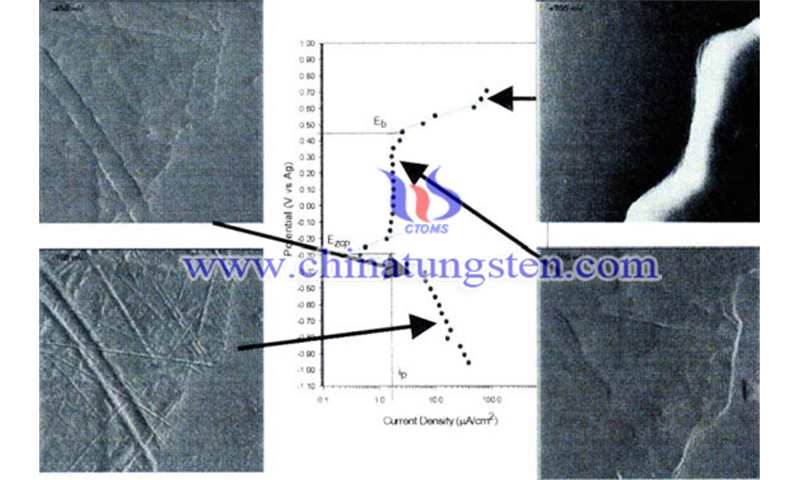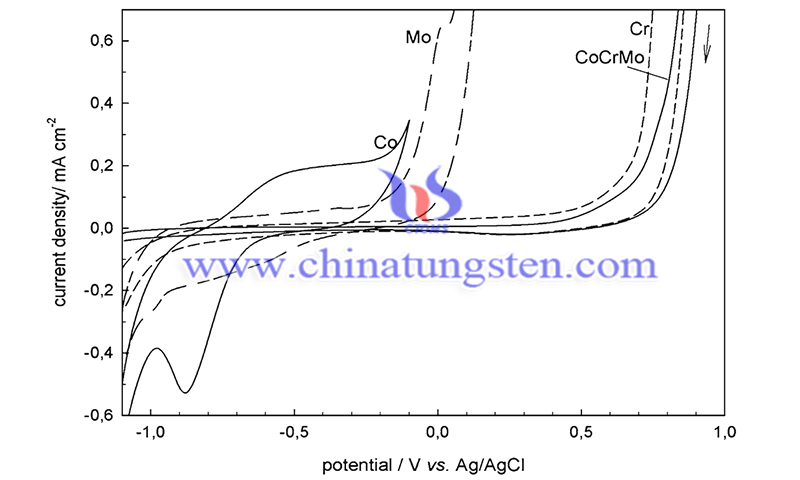Research in Machining of Cobalt Alloys and CoCrMo Alloys—Ⅰ
- Details
- Category: Tungsten Information
- Published on Sunday, 16 October 2022 22:18
Research into the processing of cobalt alloys and CoCrMo alloys, which are widely used in manufacturing and aerospace, began a long time ago. Prior to that, all research was focused on improving material properties such as hardness, toughness, strength, wear resistance, corrosion resistance, and high-temperature resistance. Cobalt-chromium-molybdenum alloys are an improved material from the cobalt family and are used in a variety of biomedical applications.
As reported by previous researchers, machining studies on these materials, especially cobalt-chromium-molybdenum alloys, are still limited compared to titanium, stainless steel, and Inconel alloys. Typically cobalt-chromium-molybdenum alloys are machined by non-traditional machining techniques such as electrical discharge machining (EDM), laser beam machines (LBM), and conventional machining techniques such as turning, milling, and grinding processes.

(Picture source: Modern Aspects of Electrochemistry No. 53)
In the past years, face milling and turning were the main operations performed by different researchers on cobalt alloys, while establishing the best cutting conditions, until 2013, when the CoCrMo alloy was introduced. This alloy is considered one of the highly promising metallic biomaterials to replace cobalt-based alloys due to its high content of nickel, a high-risk element that can cause allergic reactions in humans. CoCrMo alloys are expected to be used in implants and medical devices manufactured using machining operations, especially to achieve the required surface finish and dimensional accuracy.
Different researchers have explored various machining methods and modeling techniques to optimize cutting conditions to predict machining performance and achieve higher efficiency. Aykut et al. used the design of experiments (DOE) to investigate the effect of machining conditions on tool wear, cutting forces, and chip morphology during symmetrical face milling of Satellite 6 superalloy using PVD-coated and uncoated carbide tools in dry machining. Their results show that the depth of cut and rated feed rate has a significant effect on tool wear and cutting forces. Changes in chip formation and chip morphology were observed at the kerf edge as the feed rate was varied.
Bagci and Aykut investigated the effect of cutting conditions on surface roughness during the face milling of stellite alloys using the Taguchi method. The results show that the surface roughness values are strongly influenced by the cutting speed, feed rate, and depth of cut. Genetically Optimized Neural Network System (GONNS), Genetic Algorithm (GA), Artificial Neural Network (ANN), and Response Surface Methodology (RSM) are other modeling techniques used to optimize the process parameters in machining operations.

(Picture source: Modern Aspects of Electrochemistry No. 53)
Aykut et al. tested the machinability of symmetric face milling of stellite alloys by using an ANN model with uncoated carbide tools under dry conditions. Cutting forces were predicted by feed rate, cutting speed, and depth of cut. Subsequently, Aykut et al. investigated the relationship between surface roughness, cutting forces, and machining parameters using two models.
Cited paper: Zaman H A, Sharif S, Kim D W, et al. Machinability of cobalt-based and cobalt chromium molybdenum alloys-a review[J]. Procedia Manufacturing, 2017, 11: 563-570.
| Molybdenum Supplier: Chinatungsten Online www.molybdenum.com.cn | Tel.: 86 592 5129696; Fax: 86 592 5129797;Email:sales@chinatungsten.com |
| Tungsten News & Prices, 3G Version: http://3g.chinatungsten.com | Molybdenum News & Molybdenum Price: http://news.molybdenum.com.cn |



 sales@chinatungsten.com
sales@chinatungsten.com